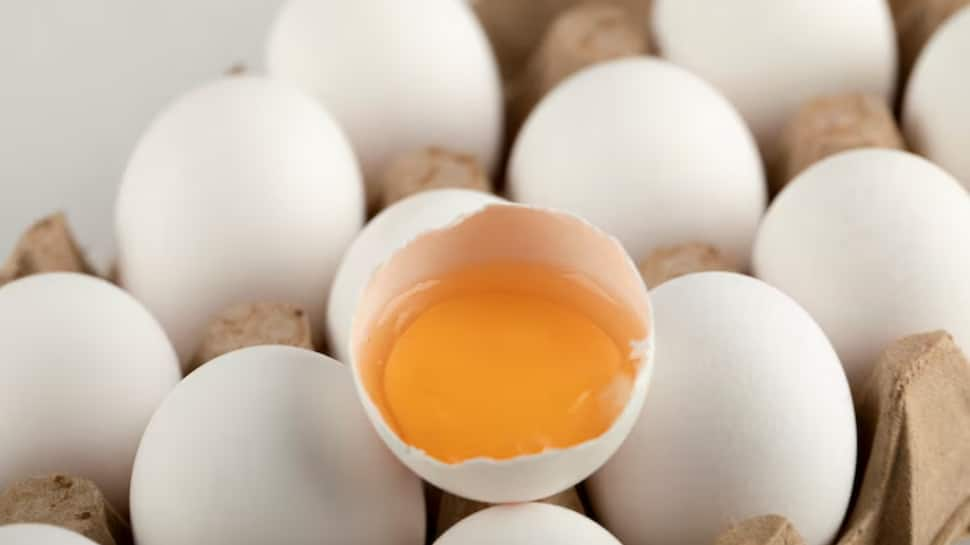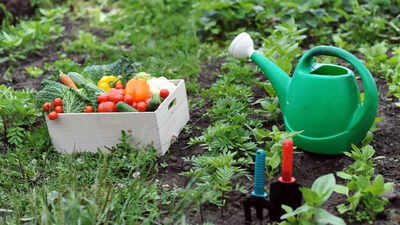Are You Eating Plastic? 9 Smart Ways To Spot Fake Eggs Before It’s Too Late! | Health News

Imagine cracking an egg into your pan only to realise it has an odd rubbery texture, a strange plastic sheen, and a smell that’s off. Sounds unreal? Unfortunately, fake eggs are a growing concern in several countries, including India and China. These eggs are artificially manufactured using chemicals, gelatin, and resin, posing serious health risks like kidney damage, memory loss, and even cancer. But how can you protect yourself? The good news is, your kitchen already holds the secrets. Let’s break it down.
1. The Shell Test: Feel It First
Genuine eggshells are slightly rough and chalky. Fake ones often feel unnaturally smooth or glossy. Press gently, fake eggs may feel slightly rubbery or too firm due to the plastic components.
2. Shake It and Listen
Hold an uncracked egg close to your ear and shake it. Real eggs make almost no sound. If you hear sloshing or a squishy noise, it could be synthetic. That’s the chemical yolk and white moving unnaturally inside.
3. The Water Float Test
1. Drop the egg in a glass of water:
2. Fresh real egg sinks and lies flat.
3. Older real egg may stand upright.
Fake egg usually floats, thanks to air gaps in the synthetic shell or liquid density differences.
4. Crack It Open, Watch Closely
When cracked open, fake eggs often have:
1. A yolk that breaks too easily or merges quickly with the white.
2. An unusual plastic-like bounce in the yolk.
3. A rubbery egg white that doesn’t spread like normal egg whites.

5. Smell Test – Trust Your Nose
Real eggs have a mild or no smell. Fake eggs may emit a slightly chemical or pungent odor, especially when cooked. If your egg smells unusual, even before boiling, don’t consume it.
6. Cook Test – Watch the Texture
Real eggs firm up naturally with heat. Fake eggs may turn excessively rubbery or cook unevenly. The yolk may remain unnaturally solid while the white becomes translucent or doesn’t cook properly.
7. Heat the Shell – Fire Exposure Test
Burn the shell with a lighter. A real eggshell will blacken and powder, but a fake egg’s shell may melt or emit a plastic-like smell. Be cautious while trying this, do it in a ventilated space.
8. Egg Yolk Bounce Test
Drop the egg yolk gently from a short height. A real yolk breaks or flattens easily, while a fake one often bounces or rolls, a clear sign it contains artificial materials like resin or gelatin.
9. Check the Price and Packaging
If the eggs are being sold significantly below market rate, or if the packaging looks suspicious or unbranded, be alert. Often, counterfeit eggs are sold in bulk or in loose form without branding to bypass scrutiny.
Better Safe Than Sorry
The rise of counterfeit food is no joke, and eggs are one of the easiest targets for low-cost, high-profit scams. While some of the signs of fake eggs may be subtle, these 9 home tests can protect your health and help you avoid falling victim. When in doubt, buy from trusted sellers, prefer branded cartons, and trust your senses, especially sight, smell, and touch.
Don’t ignore the signs. Because the difference between fake and real could be the difference between health and harm.
(This article is meant for informational purposes only and must not be considered a substitute for advice provided by qualified medical professionals.)






